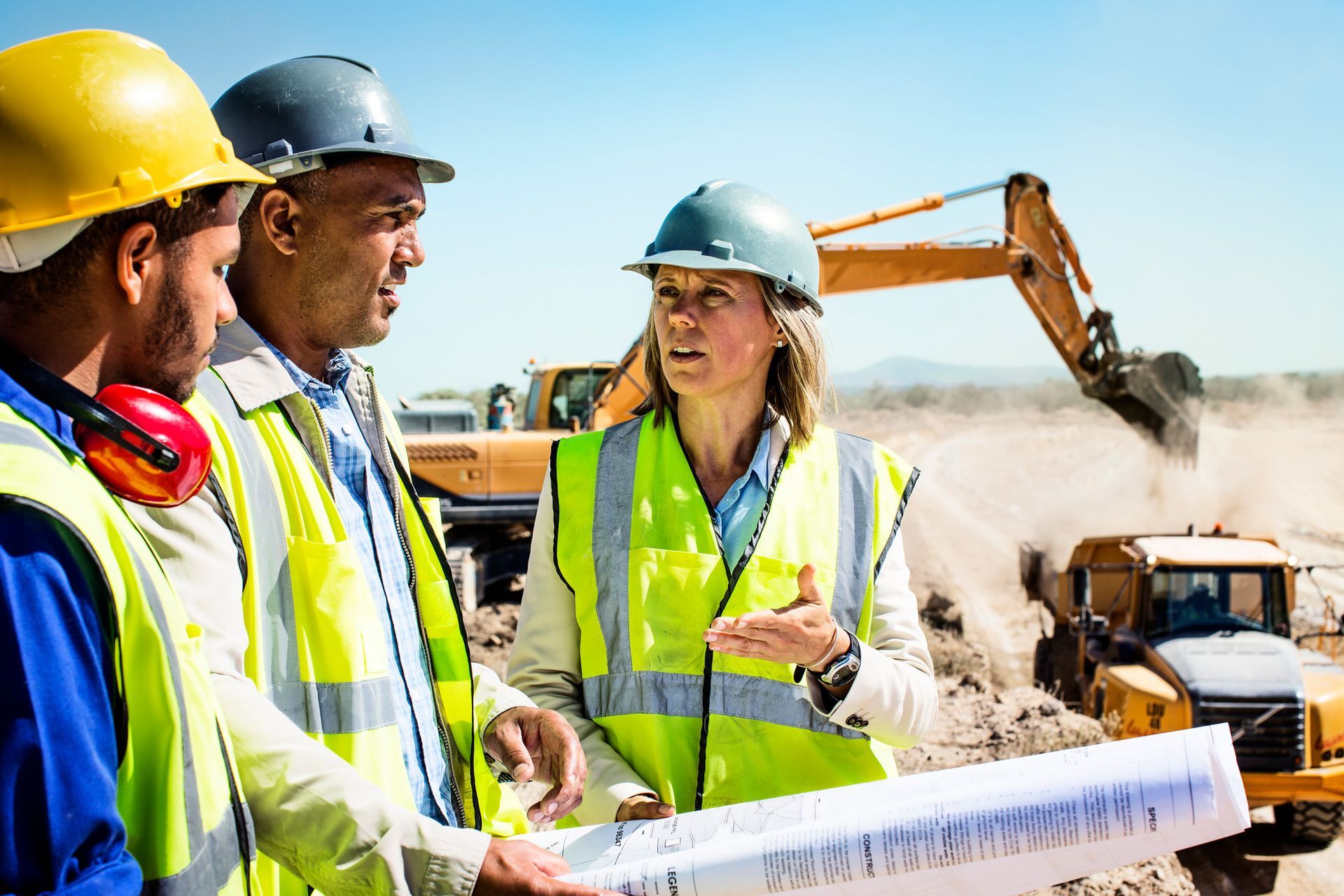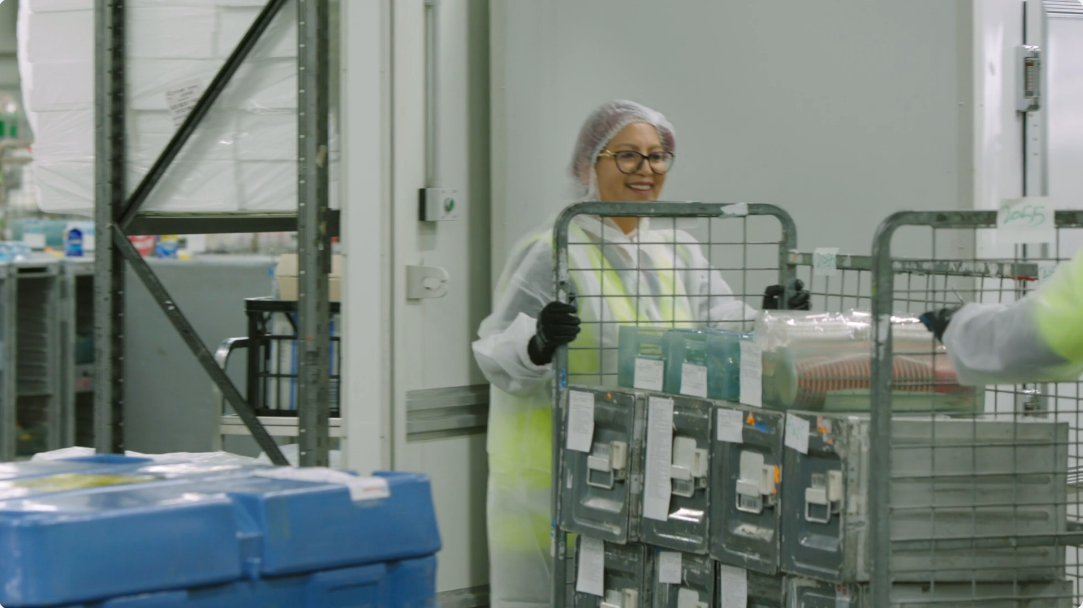The journey of commercial recruitment in Australia really began in the wake of World War II when the job market faced an unprecedented shortage as countless low-skilled workers enlisted in Australia’s armed services. During this period, recruitment agencies emerged as key players in the way forward for the economy, bridging the gap between employers and their new workforce, and helping to shape the Australian job landscape.
A Time of Economic and Psychological Transformation
By the 1960s, Australia was undergoing a major economic shift from an agriculture-based economy to a manufacturing powerhouse. This transformation necessitated a large influx of low-skilled labor to meet the demands of the rapidly expanding industrial sector. Recruitment agencies had to innovate, developing new strategies to attract workers from diverse regions. Recruitment was no longer just about filling vacancies; it was about strategically positioning the workforce to support a new economic era.
As Australia navigated its economic transformation, the evolving understanding of psychological theory also began to shape recruitment practices. This decade was marked by significant changes in psychological theory and our understanding of human behavior, and the subsequent decades witnessed a renewed interest in psychometric assessments.
The integration of more sophisticated psychological models into recruitment strategies allowed for a deeper and more predictive understanding of candidate behavior, further aligning cultural fit with the demands of a changing economic landscape.
Technological advancement and globalisation
As we rolled into the 1990s, Australia’s economic landscape was becoming increasingly global. The rise of international markets brought new challenges and opportunities. Then came the tech revolution. The late 1990s saw the advent of the internet, which began to dissolve the physical barriers to talent and skills. For recruiters, this was a game-changer. Suddenly, the world was their oyster, and the ability to tap into a diverse talent pool was just a click away. Chandler Macleod was at the forefront of this digital shift, embracing new technologies to keep pace with the changing times.
Digital transformation post GFC
The global financial crisis of 2008 hit hard, prompting businesses to rethink their recruitment strategies. Online recruitment took center stage as companies sought to cut costs and streamline processes. This period also saw a significant shift in candidate expectations. Jobs were no longer just about earning a paycheck; they had to offer meaning, purpose, and flexibility. Chandler Macleod responded by expanding its services to include specialised consulting, workforce planning, and training, all while focusing on the evolving needs of candidates.
Technology and candidate experience
In today’s fast-paced world, Chandler Macleod continues to set the standards in modern recruitment practices. The focus has shifted to integrating advanced human resource technologies with a keen eye on the candidate experience and recruitment has become a finely tuned operation. The aim? To attract and retain top talent with user-friendly processes and personalised communication.
No discussion of modern recruitment is complete without mentioning social media. Platforms like LinkedIn, Facebook, Instagram, Twitter, and now TikTok have changed how recruiters and candidates connect.
Reflecting on the journey from Chandler Macleod’s early days to the present, it’s clear that the recruitment industry has undergone profound changes. Driven by technological advancements and a shift towards more data-driven and candidate-centric practices, the industry has evolved dramatically. Chandler Macleod remains at the cutting edge, leveraging its expertise and innovative solutions to meet the ever-changing needs of employers and job seekers alike. As we look to the future, one thing is certain: the evolution of recruitment is far from over, and Chandler Macleod will continue to be a pivotal player in shaping its next chapter.













